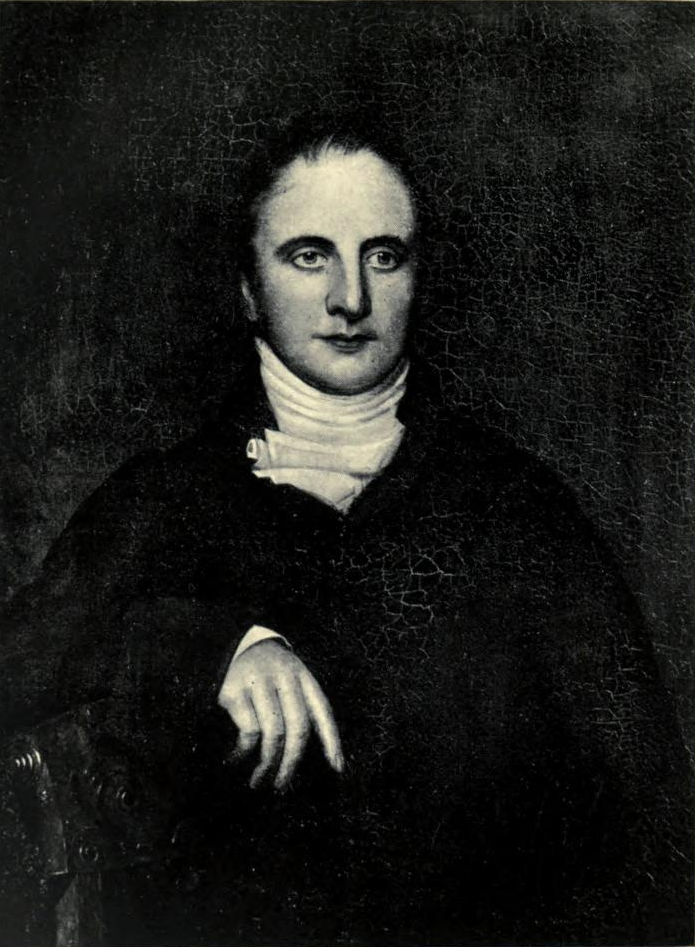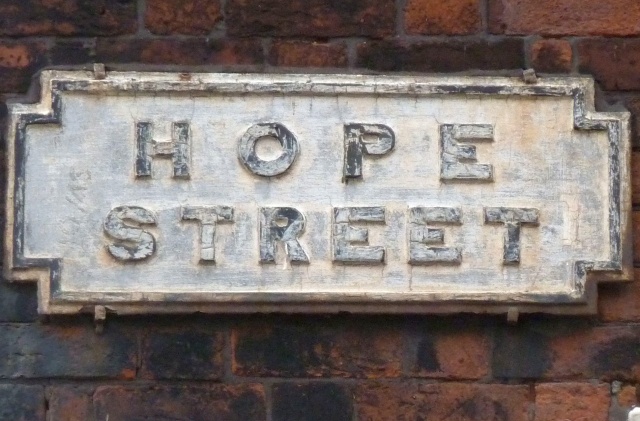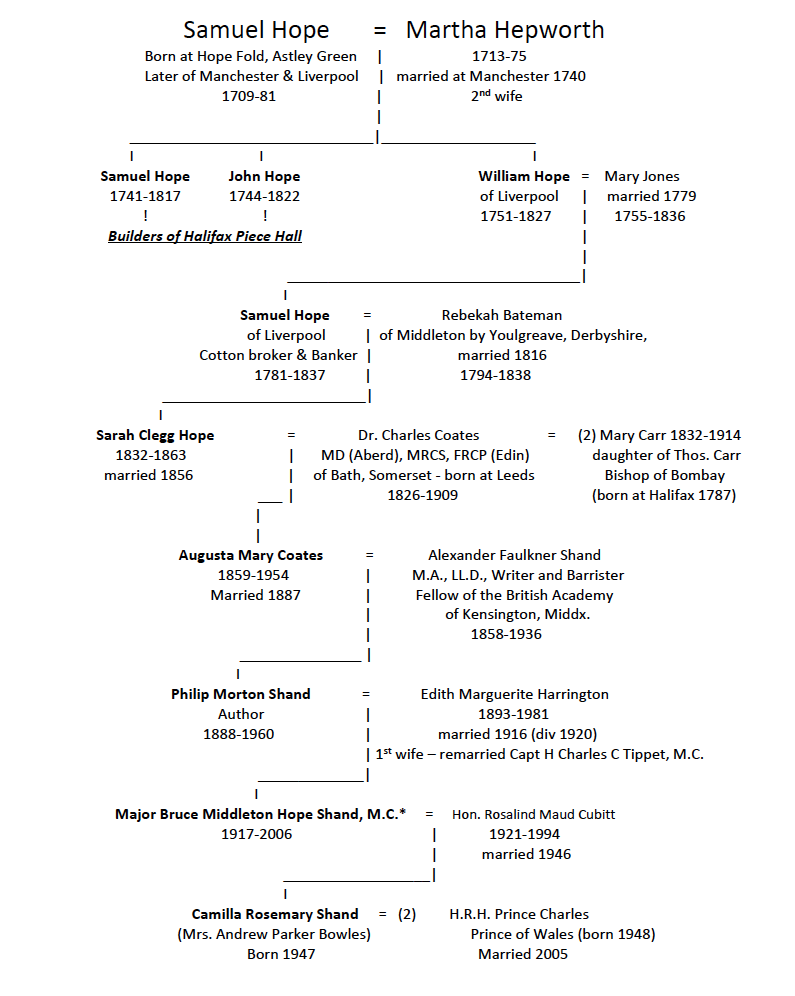Samuel Hope 1781-1837, son of William Hope 1751–1827 and Mary Jones, became a successful cotton merchant and banker in Liverpool, England. Samuel was my 5th great-uncle.

In 1816, Samuel married Rebekah Bateman 1794–1838 and they raised a dozen children in Liverpool. I found a short chapter about Samuel’s business as a cotton merchant, and later a successful banker.
Samuel Hope and Co.
with George Holt
Cotton brokers and bankers
Liverpool, England
The founder of this firm was Samuel Hope, son of William Hope. The later was a mercer and draper, living for many years at 1 Atherton Street, with his warehouse adjoining at 14 Pool Lane now South Castle Street). This black of property is, I take it, represented by Plate 20 in vol. ii. of Herdman’s “Pictorial Relics and Ancient Liverpool.” Here with him resided his son Samuel, who, after an apprenticeship with Nicholas Waterhouse, commenced business in 1803 as a cotton broker at 2 Water Street, on the south side immediately below Castle Street.
By 1807 William Hope (died March 1827, aged 76) had retired from business, and had built himself a house at the corner of Hope Street and Hardman Street.

Here Samuel Hope also lived. The house is now the expensively decorated Philharmonic Hotel. In the same year, 7th October 1807, he took as apprentice George Holt, aged 17. The alatter, son of Oliver Holt, was born at Town Mill, Rochadale, on 24th June 1790. At the conclusion of his apprenticeship in 1812, Samuel Hope took him into partnership. The circular, dated 28th November 1812, is as follows:
“I have pleasure to apprise you that I have taken Mr. George Holt into partnership with myself under the title of ‘Samuel Hope & Co.’ Having been invited to this measure by the assistance I have derived from Mr. Holt’s ability and application during the five years he has been acquiring a knowledge of the business in my office, I am encouraged to hope that these qualities will powerfully second my own exertions to merit a continuance of your patronage.”
To the business of cotton brokers they added later on that of bankers.
On 17th September 1816 Samuel Hope married at St. John’s, Manchester, Rebekah, daughter of Thomas Bateman, Esq., then of Higher Ardwick, near Manchester, but subsequently of Middleton Hall, Youlgreen, Co. Derby.
On 1st September 1820 George Holt married at Edge HIll Church, Emma, the elder daughter of William and Jane Durning.
Samuel Hope had purchased a considerable amount of property in Everton, and in 1820 he took down tow excellent houses, and built on their site a stately edifice. Here, in Everton Terrace, he took up his residence, and lived there till his death. Syers, speaking of the proprietor of this “spacious and elegant mansion,” says, “To the poor and uneducated he has been, and still continues to be, a fervent, active, and sincere friend.”
On 30th June 1823 the partnership between Samuel Hope and George Holt was terminated the official notice of the dissolution appearing in the Gazette for 8th May 1824. In view of the different parts enacted by the partners in connection with their joint concern as cotton brokers and bankers, it is curious to note the allocation of the businesses which now became divided. Samuel Hope, who had originated the cotton business, became banker solely, and George Holt, tow whom it is said that the initialtion of the banking business was due, became cotton broker solely.
Here we part with George Holt, who was eminently successful in business, and who died, full of honours, on 16th February 1861.
George Holt was unwearied in his exertions, with heart, brain, and purse, for the improvement, whether of mind, body, or estate, of his less fortunate fellow-citizens. At the time when public opinion was, to say the least, apathetic as to the value of “secondary” education, he devoted valuable time and energy to its support.
source: Liverpool banks and bankers, 1760-1837 see references
Notes
Hope Street, in Liverpool, was named after William Hope, my 5th great-grandfather, who was a prominent merchant. William was the first person to build a house on that street where the Liverpool Philharmonic Hall now stands.

Hope Street was voted as the best street in the UK and Ireland by The Academy of Urbanism, who awarded it The Great Street 2013.
Royal family connection
William Hope and Mary Jones were the 4th great-grandparents of Camilla, Duchess of Cornwall – who is married to Charles, Prince of Wales, the son of Queen Elizabeth II.

References
Liverpool banks and bankers, 1760-1837, by John Hughes, 1906.
A history of the circumstances which gave rise to the industry, and of the men who founded and developed it.
Chapter XVIII – Samuel Hope, (p203-208, pdf 318/370) retrieved from archive.org Only 100 copies of the book were printed in England.
Samuel Hope of Lancashire – profile of grandfather includes a family tree

